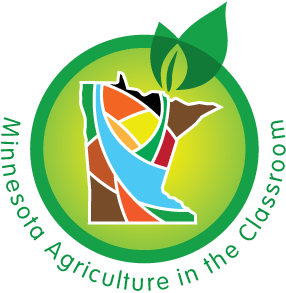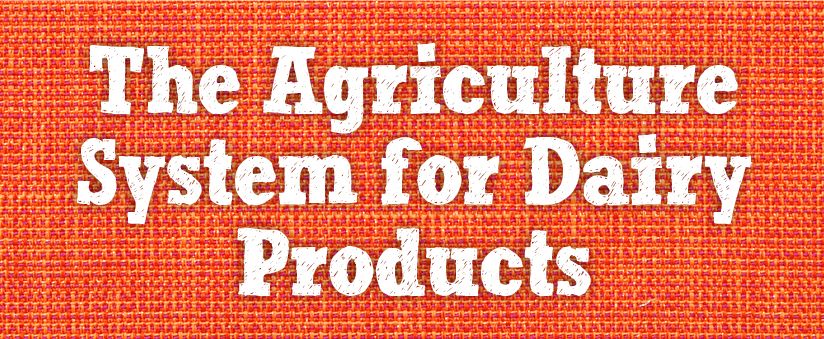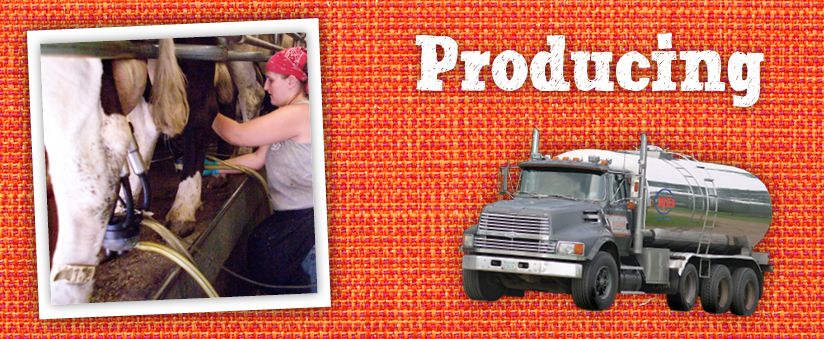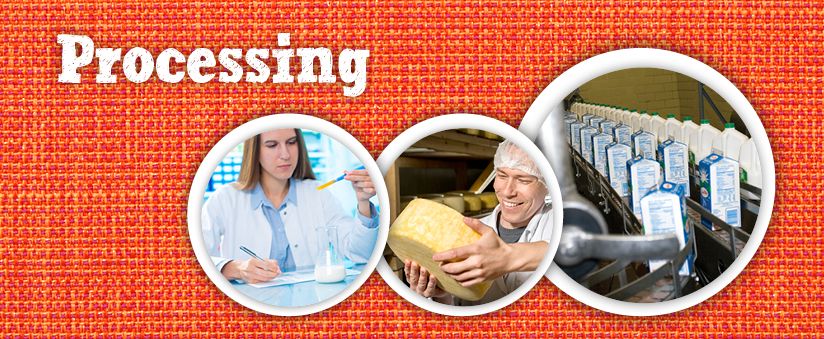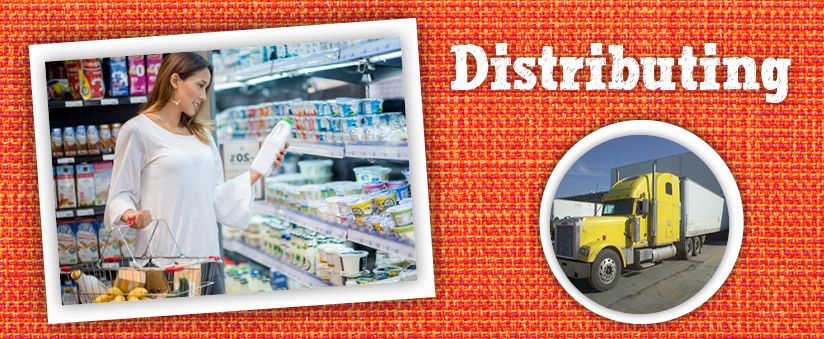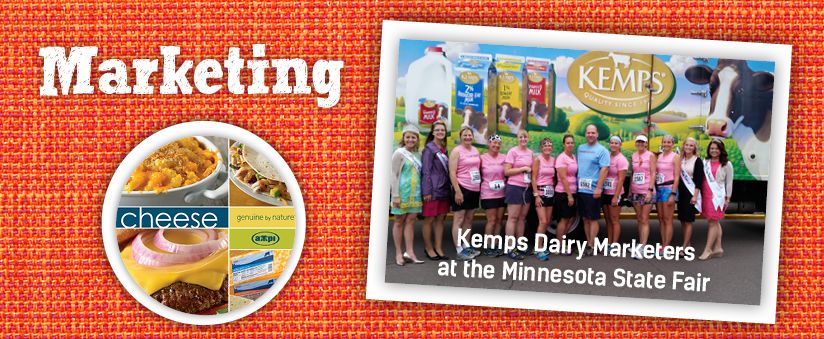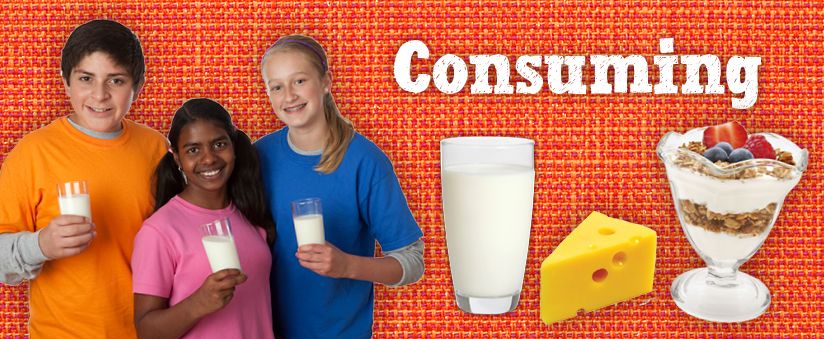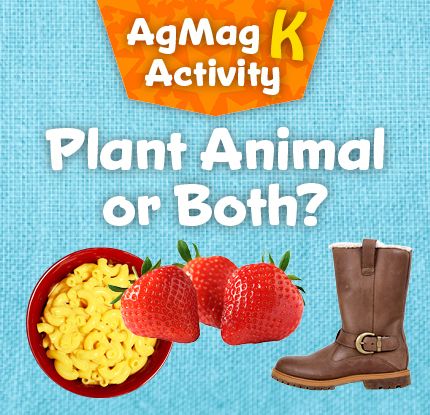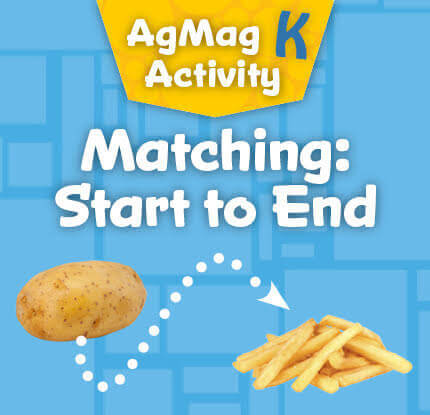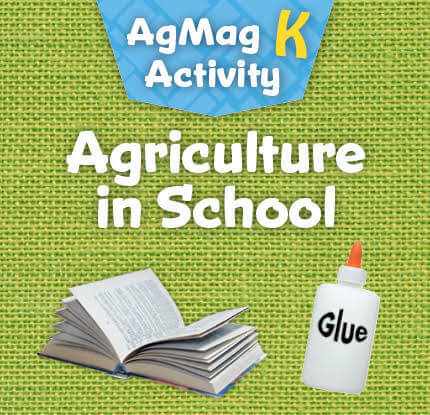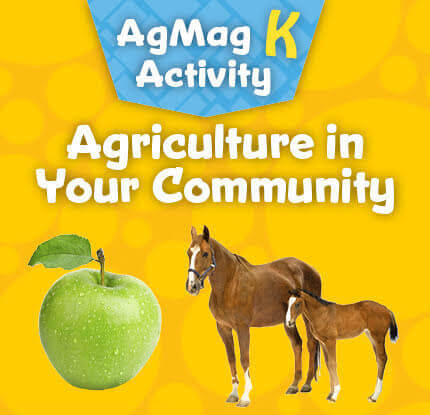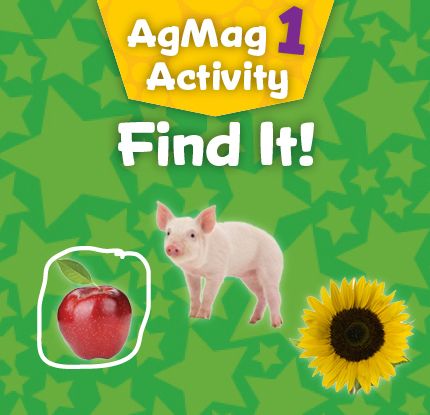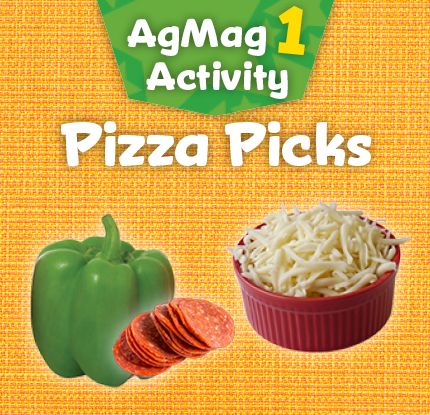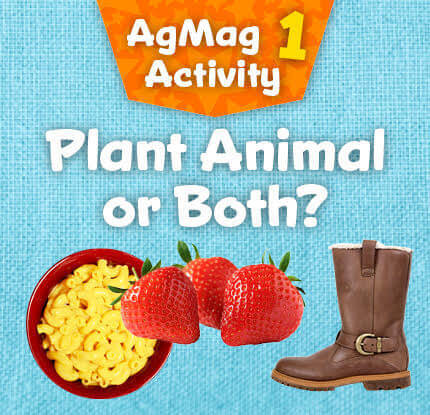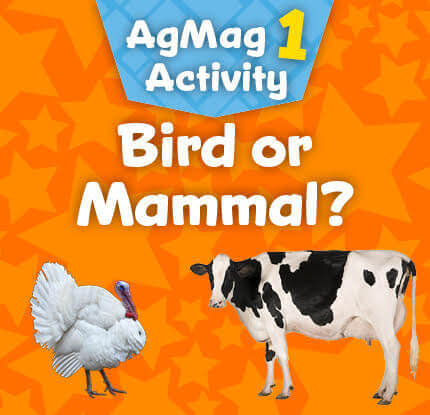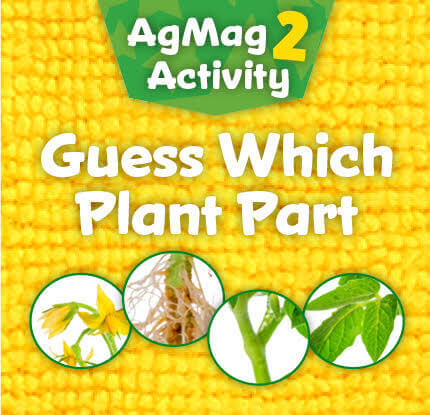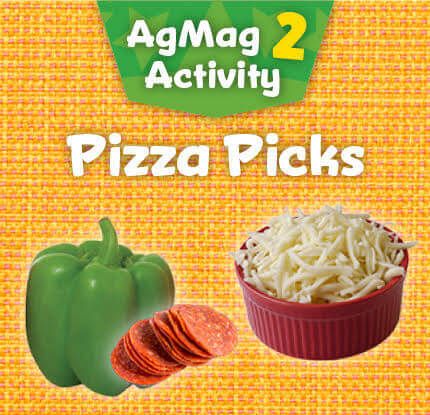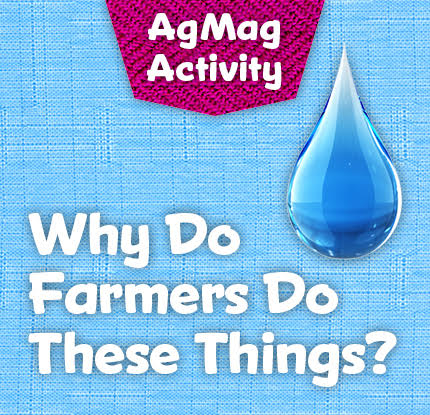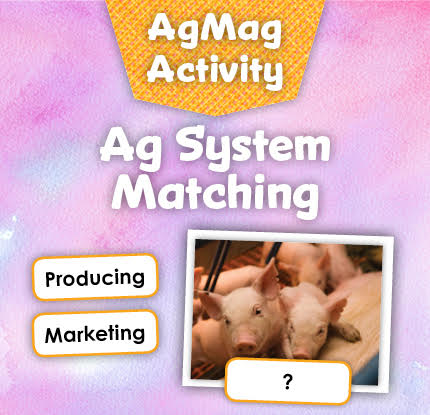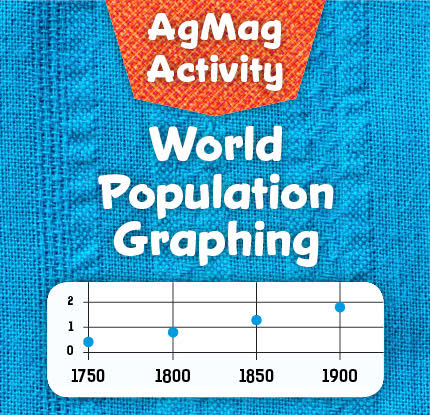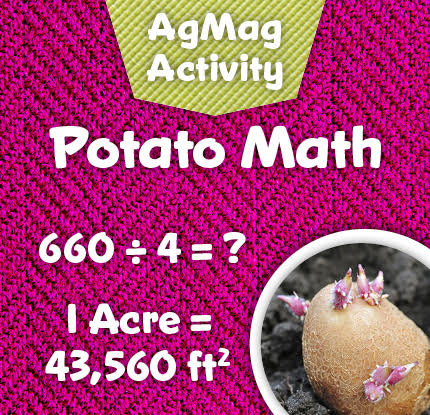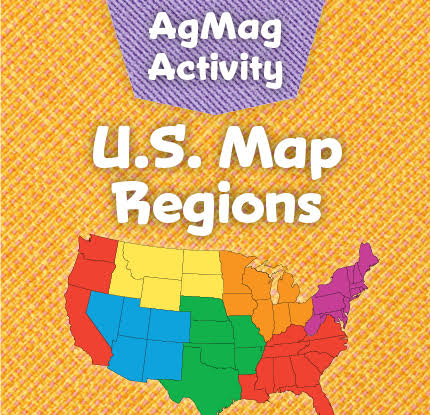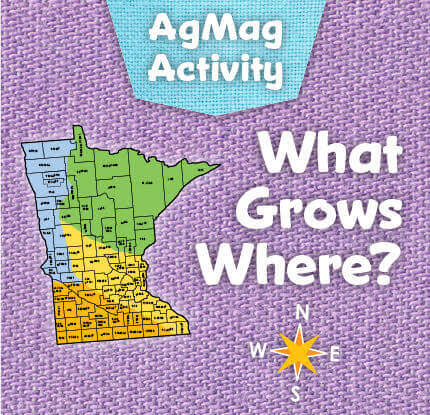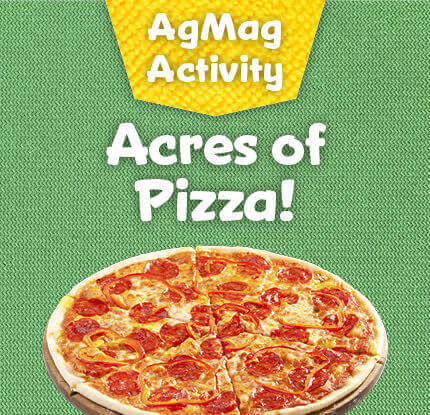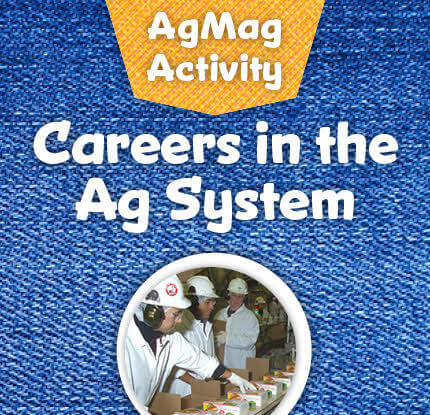How the Agriculture System Works With Dairy Products
1. Producing
Dairy cows are raised on farms. Having a calf allows the cow to begin to produce milk. Once they have milk, cows must be milked at least twice each day. Farmers used to milk cows by hand, but today most cows are milked by special milking machines. A dairy cow in Minnesota produces 19,700 pounds of milk every year. That is nearly 2,300 gallons of milk.
2. Processing
The cow's milk is put into a refrigerated truck and taken to a processing plant. Before the milk is processed, it is tested for quality and safety. If it fails a test, it is discarded right away. Only pure, healthy milk will be used. Then the milk is pasteurized and homogenized. Pasteurized milk is heated to a minimum of 145 degrees, then quickly cooled down. This destroys many of the bacteria that causes milk to spoil quickly so the milk will last longer. Milk is homogenized to break down the fat molecules in the milk. If they are not broken down, they will rise to the top and separate as cream. Then the milk is ready to be sold as milk or to be made into dairy products like cheese and yogurt.
3. Distributing
Now the milk has to get to the places people will buy it. Refrigerated trucks will take the products from the plants to grocery stores, food co-ops, and farmers markets.
4. Marketing
Dairy companies use a variety of ways to help people know about their products. They may have commercials on TV or the radio and ads in newspapers and magazines. Many have websites and use internet advertising too. They may also have newsletters and emails they send out to customers. Others will give tastings at grocery stores to encourage people to try their products.
5. Consuming
This might be your favorite part! Once the dairy products are purchased and brought to your home, it is time to eat and drink!
Fun Fact:
99% of all U.S. households buy milk. Americans drink about 25 gallons of milk per person each year. That is 400 glasses of milk! How many do you think you drink?
How Louis Pasteur Made Milk Safer
In this issue of AgMag, you learned about the process of pasteurization. Pasteurization is the process of heating milk to a minimum of 145 degrees, then quickly cooling it down. This destroys many of the bacteria that causes milk to spoil quickly so the milk will last longer. The process is named after the man who discovered it, scientist Louis Pasteur.
Pasteur was born in France in 1822. He became fascinated with science in high school and went on to become a chemistry professor. In those days, diseases and bacteria were not understood. People thought bacteria just appeared and there was no way to fight them. Pasteur studied bacteria and discovered that was not true. He learned that bacteria were living things that could be transferred to other living things.
He used that discovery to study why things like milk and wine could spoil so easily. In his research, he found that bacteria and other microbes, like mold, were the main causes of spoilage. Through trial and error, he learned that heating up liquids would kill most or all of the bacteria and microbes. That made the liquids safe to drink for a much longer period of time. Today many foods are pasteurized, including milk, cheese, vinegar, juice, and wine.
Pasteur did not stop there. He is also the scientist who discovered that if you give someone a weak form of a disease, such as rabies, it would allow the person's immune system to strengthen against the stronger form of that same disease. This process of helping people's immune systems strengthen against disease is known as vaccination.
Thanks to Pasteur, today we know how to keep many of our foods safe (and people safe, with vaccinations).
